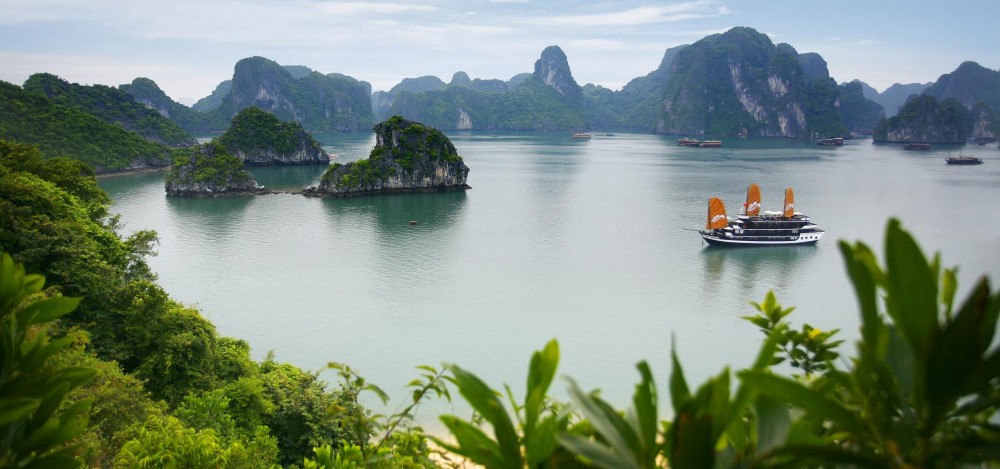During one of our free afternoons in Hanoi, I visited the Vietnamese Women’s Museum with two other classmates. The museum had just reopened in 2010 following a four year renovation period, and it was clear from the quality of the exhibits that it had received a large amount of funding. Of all the museums I had visited on the trip, this one was by far the best designed, and the presentation of the various exhibits was excellent.
The museum was divided into three sections: Women in Family, Women in History, and Women’s Fashion. I spent the most time in the history exhibit, which focused on women’s participation in the revolutionary struggle from 1945 to 1975. The museum put the tens of thousands of women who fought in the wars at the forefront, highlighting those individuals who made extraordinary contributions to the national cause and who served in leadership positions. Women comprised a large proportion of the soldiers who fought for the North Vietnamese, and the exhibit recognized many of them as war heroes on par with their male counterparts.
The inclusion of these women’s narratives was a welcome change from the other museums and monuments we had visited, which only peripherally gave attention to the high level of involvement of Vietnamese women during the conflicts, but the depiction of women left me feeling very ambivalent about the museum’s message. The Women’s Museum’s website contains a short but accurate description of the general tone of the exhibits: “Visitors have the opportunity to learn and understand traditional culture, marriage customs, childbirth and family life, traditional women’s clothing and the role of women in the defense of the nation”. The family and fashion sections associate women with the traditional and with domestic life, and while recognition of women’s lives is important, these exhibits limit topics important to understanding the Vietnamese woman to restrictive gender roles.
In the history section, women are presented simply as actors in the broader fight for Vietnamese independence. They are heroic and important to the struggle, but their stories do not deviate from the government’s official narrative of Vietnam rising up against foreign oppressors and their domestic puppets. These women are important because they embody the revolutionary ideal, not because they advanced women’s status or advocated for change. In the entire museum, I found only one reference to women’s rights in a short description of a female political leader’s past accomplishments, which included work with a women’s rights group. The Women in History exhibit did not portray women’s history, but rather Vietnamese revolutionary history as carried out by women.
The Vietnamese Women’s Museum failed to portray women as independent actors with their own aspirations outside of traditional gender roles and outside of the state’s political agenda. This type of exclusion of alternative narratives was a recurring theme in museums and official commemorative sites throughout our trip in Vietnam, though; the Women’s Museum was not the only manifestation of this tendency to ignore competing ideas. These omissions, of course, cannot solely be attributed to the particularities of Communist Party rule in Vietnam. Gaping holes in official narratives exist everywhere in the world, including the United States. Visiting a country with national memories I have not been habitually exposed to just made the ideology and strategy behind the museums and monuments easier for me to see.
